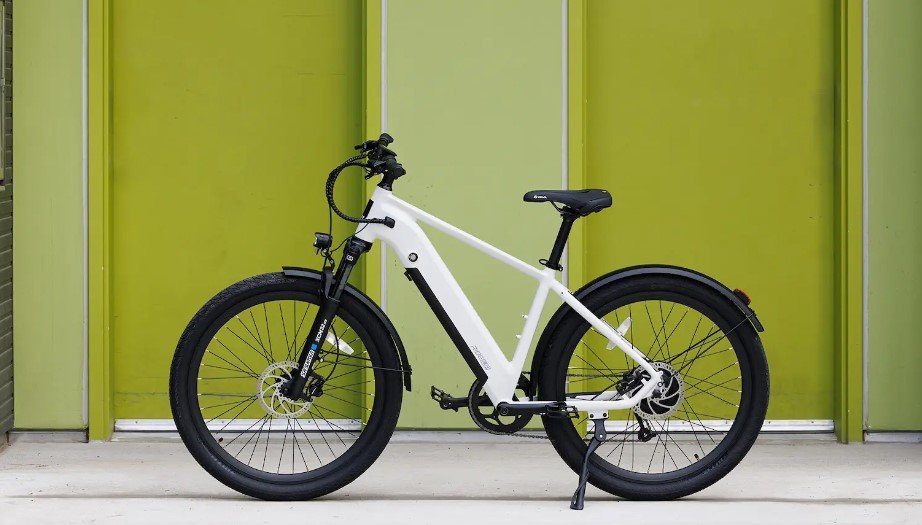The debate over the superiority of electric bicycles compared to traditional bikes continues to attract attention from cycling enthusiasts, commuters, and casual riders alike. As cities grow more congested and environmental concerns mount, many are turning to alternative transportation methods. Electric bicycles, or e-bikes, present an innovative option that blends the benefits of cycling with the convenience of electrical assistance. Understanding the differences between electric bicycles and their traditional counterparts is crucial for anyone considering which option best suits their lifestyle.
Understanding Electric Bicycles
Electric bicycles are equipped with an integrated battery and motor that supports the rider’s pedaling efforts. This assistance is particularly advantageous in urban environments, where hills and traffic can dissuade people from cycling long distances. E-bikes come in various styles, including commuter models, mountain bikes, and cargo bikes, each tailored to different riding needs.
The Mechanism Behind Electric Bicycles
The core of any electric bicycle lies in its electric motor and battery system. Most e-bikes utilise a pedal-assist feature, which activates when the rider begins to pedal, providing additional power based on the rider’s input. This system allows for a more natural riding experience and helps to boost speed without requiring excessive physical exertion. Meanwhile, batteries vary in capacity and range, with some top models capable of supporting rides of over 100 miles on a single charge.
Traditional Bikes: An Enduring Classic
Despite the rise of electric bicycles, traditional bikes remain a beloved choice for many cyclists. These bikes rely exclusively on human power, offering riders a pure cycling experience. They come in an array of styles, from road bicycles to mountain bikes, catering to diverse riding preferences.
Why Choose a Traditional Bike?
Choosing a traditional bike can often be a more economical decision as they typically come at a lower price point than electric bicycles. With no battery or motor to maintain, traditional bikes can also incur less ongoing maintenance. Additionally, many cyclists appreciate the physical challenge that comes with riding without electric assistance. For fitness enthusiasts, traditional bikes provide an excellent workout, helping to build endurance, strength, and cardiovascular health.
Key Factors for Consideration
When deciding between electric bicycles and traditional bikes, several factors should be weighed to determine which option best meets individual needs.
Commuting Needs
For commuters, electric bicycles can significantly reduce travel time and effort. The ability to tackle hills and long distances with ease makes them an attractive alternative to public transportation or driving. In contrast, traditional bikes may be better suited to shorter commutes or routes characterized by relatively flat terrain.
Cost Analysis
Electric bicycles often come with a higher upfront cost, making them a significant investment. Riders should consider not only the initial purchase price but also any potential maintenance and battery replacement costs. Traditional bikes, while often cheaper, can have their own associated costs, including repairs and gear upgrades.
Environmental Impact
Both electric bicycles and traditional bikes are more environmentally friendly compared to cars, but they have different impacts. Traditional bicycles produce zero emissions during use. However, electric bicycles do have an environmental cost associated with battery production and electricity consumption. That said, many electric bike users find they replace car trips, leading to a net positive environmental effect.
Health Benefits
While traditional bikes provide a robust workout as they rely solely on human effort, electric bicycles still offer health benefits through moderate exercise. The pedal-assist function encourages riders to engage in physical activity without the intimidation of more strenuous cycling, which can be especially beneficial for beginners or those with physical limitations.
The Future of Bicycles
As cities become more focused on sustainable transportation, e-bikes are becoming increasingly popular. Many urban areas are investing in dedicated cycling infrastructure, making it easier to navigate with either type of bicycle. Furthermore, technology continues to evolve, improving battery life and reducing weight, which enhances the cycling experience for electric bikes.
Conclusion
In the enduring comparison of electric bicycles versus traditional bikes, the best choice ultimately hinges on individual preferences, needs, and circumstances. Electric bicycles provide an exceptional opportunity for those seeking convenience and ease, while traditional bikes offer a timeless cycling experience that has been treasured for generations. Whichever option you choose, both promise to enhance your journey, whether for commuting, leisure, or fitness. Ultimately, cycling—regardless of its form—encourages a healthier lifestyle, promotes sustainability, and enriches the joy of movement. So, hop on and start pedaling towards a brighter future!

